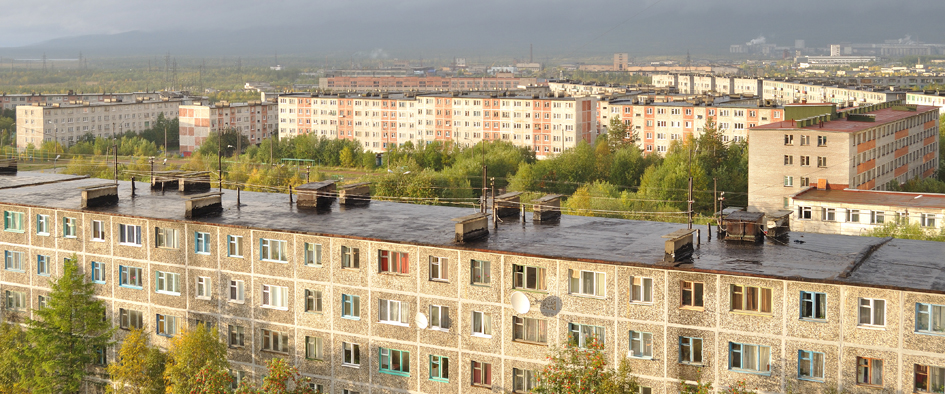
Dacha Places in Murmansk Region
Forced industrialization in the Soviet Union during the 1930’s was directed against traditional peasant culture. The Soviet state needed to transmute peasants into workers. The planned economic system required collectivization of private farms and land in order to establish large-scale massive agriculture. The dacha phenomenon which boomed in Russia after the 1980’s, symbolizes a return to the peasant way of life. The private investment in each individual dacha shows a deep and archaic connection to the land, as well as the individual creativity which contrasts with the formal, boring and egalitarian soviet architecture of new socialist cities. In our project we pay special attention to dacha places in Murmansk region. People moved here during the industrialization process, the majority of them come from different southern areas, and most of them were peasants or had peasant roots.
We faithfully record the dacha places and stories of “dachniki” in the cities of Apatity, Kirovsk and Kovdor where people try to make agriculture behind the polar circle in extremely difficult climate and soil conditions. This is a summer activity because they have just three mouths between the seedtime and harvest, and the soil in this area is so poor that they need to bring land to the dacha. The decision to get a dacha in harsh conditions of Far North, show us how important is the experience of working with land and how strong is their sense of belonging.
